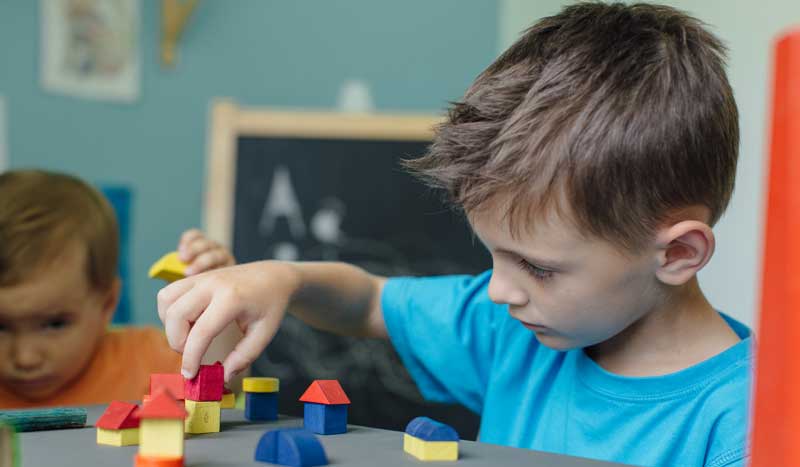Matching & Sorting – Early Level Activities for Kids
Before students learn about numbers and the order of counting from 1 to 100, they first learn the basics of matching and sorting. These two concepts are the very basic foundation for developing cognitive capabilities in students. As we delve further into the topic, let us know what visual discrimination means.
What Is Visual Discrimination & why Is it important?
Visual discrimination is a term used that gives the child the ability to detect differences in objects, shapes, patterns, and symbols. In everyday life, children are exposed to so many things around them and sometimes these objects are absolutely new to them, as they are seeing them for the very first time. Our eyes see the object and our brain compartmentalizes them and makes meaning out of what the eyes see. It is thus important for children to learn and distinguish objects based on color, shape, appearance, and size so that they can identify & relate to what they are observing around them.
Matching
Matching means describing things that are of the same design, color, shape, etc. Basically, objects that are identical or alike, are said to form a match.
- Learning matching skills in preschool-grade will help kids to match the real object with the printed image. For example, there are flashcards of fruits lined up and there is a basket of real fruits. So, the child places the real mango on the flashcard that has a mango picture printed. In this way, they learn to form an association and also develop better memory of what a mango looks like.
- As a part of sensory play, students are often asked to match bottles that make the same sound. For example; there are a set of bottles lined up and each one is filled with different objects like; seeds, stones, grains, sand, etc. The same set of objects is repeated twice in different shakers, and now the student has to shake the bottles, listen to the sound, and match or pair the bottles that sound similar. This improves concentration skills and toddlers feel more confident about themselves.
- Matching helps students identify letters and numbers, as they go on to pair, A to A and Z to Z, in a more organized fashion. For slightly older students, increase the level of difficulty by giving them words to match, cat, bat, mat, etc.
- Most schools in Dubai and other Middle East regions rely on phonics, where students need to learn the ‘sounds’ of the letters. Matching games can be played with this concept as well. Show the student the sound /r/ and ask them to match an object which begins with /r/. So, matching ‘rag’, ‘rope’, and ‘rose’ to the/r/ sound is what is expected to be done by the child.
As an adult, you can encourage matching games setting the right environment, and keeping resources easily available around the classroom. Make sure kids choose a quiet spot and are not distracted when they are practicing matching activities. Another tip is to produce clear printouts of objects and letters so that it is easily visible and can be matched seamlessly.

Sorting
Sorting is basically arranging information or objects in a particular fashion, as advised by the teacher. The idea is to make the data more organized so that one can easily analyze it and comprehend the meaning of the input. By practicing this, kids can learn to group objects into different categories and then speak about the similarities of the objects within the category.
- One of the most basic forms of sorting is, to bifurcate things according to their colors. So, if there are 10 objects some of the red color and some blue color, children need to correctly identify and make two piles with the respective representations. This activity proves that the child is on the right path and can process information available before him or her.
- For mature learners, sorting can be introduced to arrange numbers in ascending & descending order. For this, one needs to know forward counting & backward counting and be able to arrange the numbers accordingly.
- Sorting as per textures is another interesting game for preschoolers. Present to children a number of different papers or materials that are; soft, bumpy, smooth, silky, rough, etc., and allow them to match the same type of surfaces together. Along with learning the characteristics of similar objects, notice that your child will also be learning what’s the difference among these. For example, a silky cloth seems very smooth and even slips from your hand, while sandpaper will feed very rough and can hurt your palms.
There are numerous puzzles, worksheets, and even mobile apps that offer sorting games for students to practice.

The Mathseeds platform available in GCC and UAE regions has become a popular Math tool for kids of 3-9 years. Their lesson plans are specially designed by expert educators to target learning in a fun manner and reinforce important Math concepts learned in school. To download the Mathseeds app, simply visit https://knowledge-hub.com/






Recent Comments